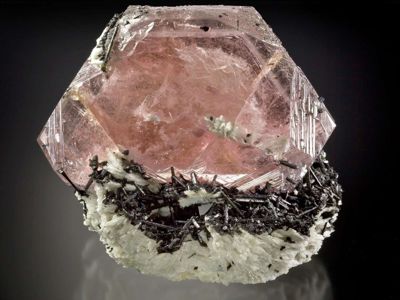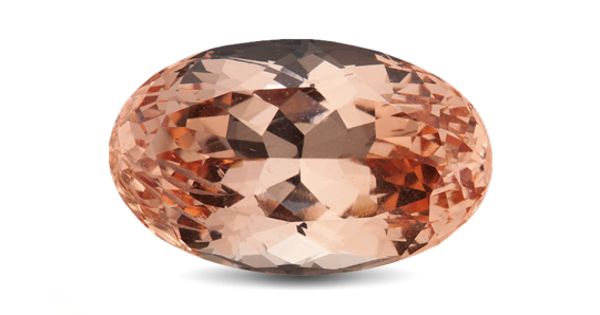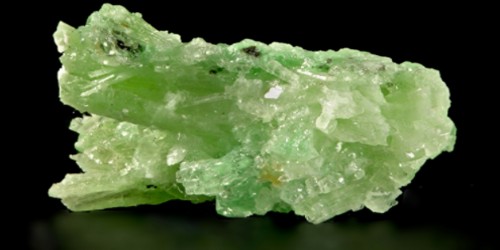Morganite is the pink to orange-pink variety of beryl, a mineral that includes emerald and aquamarine. It is also known as “pink beryl”, “rose beryl”, “pink emerald” and “cesian (or caesian) beryl”, is a rare light pink to a rose-colored gem-quality variety of beryl. It is a member of the beryl family, it shows a range of pink colors due to traces of manganese.
Morganite is the name of orange to a pink gemstone that has significantly grown in popularity since 2010. It is a variety of beryl, a beryllium aluminum silicate mineral with high durability.
Properties
Orange/yellow varieties of morganite can also be found, and color banding is common. This color range appeals to many people and has an attractive appearance in rose gold jewelry mountings, which have also grown in popularity. It can be routinely heat treated to remove patches of yellow and is occasionally treated by irradiation to improve its color.
- Mineral: Beryl
- Color: Pink to orange-pink
- Refractive index: 1.583 to 1.590
- Birefringence: 0.007 to 0.008
- Specific gravity: 80 to 2.91
- Mohs hardness: 7.5 to 8

As a variety of beryl, morganite has a Mohs hardness of 7.5 to 8. This is harder than all but a few popular gemstones and harder than almost any common object that a gemstone might come in contact with. This makes morganite an excellent stone for use in engagement rings, which are expected to retain an attractive appearance across a lifetime of wear.
Occurrences
Pink beryl of fine color and good sizes was first discovered on an island off the coast of Madagascar in 1910. It was also known, with other gemstone minerals, such as tourmaline and kunzite, at Pala, California. In December 1910, the New York Academy of Sciences named the pink variety of beryl “morganite” after financier J. P. Morgan. In geological terms, morganites are actually rarer than diamonds. Their price stems not from cheapening abundance but rather from recent and limited demand.
On October 7, 1989, one of the largest gem morganite specimens ever uncovered, eventually called “The Rose of Maine”, was found at the Bennett Quarry in Buckfield, Maine, US.
Morganites don’t usually occur in sizes as large as other beryls. Crystals have been found up to 6” in diameter. The crystal, originally somewhat orange in hue, was 23 cm (9 in) long and about 30 cm (12 in) across, and weighed (along with its matrix) just over 50 pounds (23 kg).
Information Source:
















